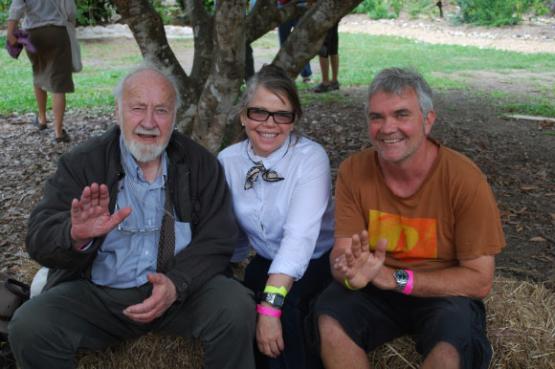
Talk Tea Like a Pro
3 min read
By Jameel Lalani, Lalani & Co.
Your wine skills are sharp. Perhaps with a palate-full from any bottle you can tell the grape, region and even the name of the chap who grew it. Most importantly, you know quality when you taste it. A wine merchant can’t pull the wool over your eyes. You’re a confident customer and comfortable sharing your knowledge and passion with friends at the table.

Now as gastronomy broadens its influence and reach, there’s a new skill in town that I want to share with you. It’s a 4,000 year old drink, rooted in terroir and expressing it’s provenance with every sip. Tea is the drink and here’s what you need to know:
Start with the colour
This is the first thing you want to know about a tea. Is it a black, oolong, green or white tea? Black teas are fully oxidised, brown in colour and often full bodied.
Greens are heated after the leaves are picked, which stops the oxidation process completely, hence they stay green and unoxidised.
An oolong is in the middle. It’s partly oxidised before heating but the level of oxidation is up to the maker. You can have a 10% oxidised oolong or an 80% oxidised oolong; so, there’s a huge spectrum of flavour with oolongs; and so in the tea world we get very excited by oolongs.
White teas are simply picked and dried. The processing is simple but difficult to do properly and should always be done at cool temperatures to protect the enzyme. Most of the white tea I come across has been quick-dried, which means it’s not a proper white tea.
Check the season
This is an important one. Just as wine has vintages, tea has years and seasons within years: A leaf grows and can be picked for most of the year. For example Darjeelings are best in the 1st flush (April-May) or 2nd flush (May-June) seasons. When the monsoon arrives, the rain causes quick growth and a lack of complexity. As a discerning customer, you want to stick with each region’s prime season. Taiwan is best in spring and winter; Assam in the 2nd flush; Japan in the spring.
Regions
Darjeeling, Assam, Nepal, Yunnan, Fujian. Taiwan, Kyoto, Kagoshima; these are all growing regions. You may have figured from above that any tea leaf can be made into any style of tea; however, each region usually specialises in a particular style that suits its varietals. There’s a lot to take in here. In a nutshell, Japan grows very savoury greens, Darjeeling is perfect for light black teas, Taiwan is famous for its high mountain oolongs and Assam grows heavy full bodied black teas.

Producers and batches
Tea is made in batches. While most teas on the market will be untraceable blends, some will be traceable to the garden. Very few will be traceable down to the batch. Traceability is essential. Some gardens are passionate producers, some are just factories for churning out leaf. At Lalani & Co we specialise in family run, passionate gardens. Some of the gardens we work with have been in the same family for many generations. Still, an excellent garden will send out batches of vastly varying quality, even in the prime season. A good merchant will be able to tell you the batch and why they chose it. For us, our choice is all about finding the batches that best express the terroir and plants each year.
Lalani & Co will be exhibiting at RAW WINE fair (Stand: 222). Come and try out your tea skills. I look forward to meeting you.


